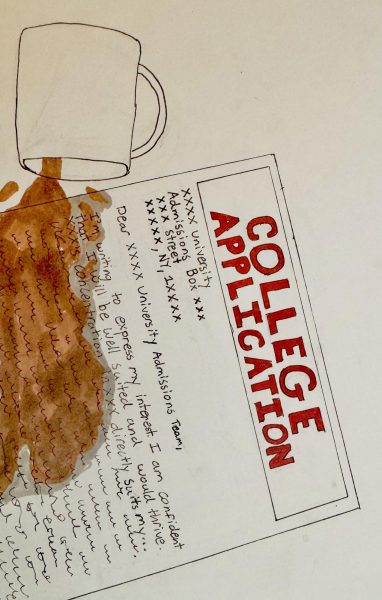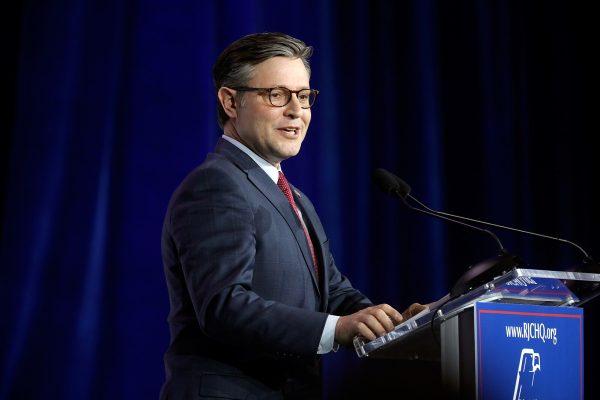PRO: Zero tolerance keeps us safe
December 4, 2019
In 2008, students witnessed a classmate suffer a seizure in the middle of Mandarin class. When his belongings were searched, it was determined that he overdosed on illegal drugs dealt to him by an upperclassman. In response, Masters implemented a zero tolerance drugs and alcohol policy. Recently, however, several students have begun to draft proposals for alternative protocols. But while the current one-strike policy is not perfect and should certainly be refined, the safety of the broader Masters community depends on its continuation.
Teen experimentation with drugs and alcohol is common–that does not necessarily mean, however, that it should be allowed or encouraged in a school setting. In other words, although experimentation has become normalized, that doesn’t change the fact that drug use is a gateway to addiction, which inherently poses a threat to the health and safety of the entire community.
We must also remember that teenagers and young adults are not the only inhabitants of the Masters campus. At the very least, I’d like to think that creating a drug-free campus via the one-strike policy (or a variation of it) would be a symbol of respect to the parents who trust Masters with their middle school-aged children–not to mention the staff and faculty members who have chosen to live in the dorms with their young children.
In light of recent incidents, some students have argued that, “If so many students are facing disciplinary action, nobody is getting Sanctuary,” a policy that allows students who discover themselves or others in danger due to the use of drugs or alcohol to ask for help without incurring disciplinary consequences. It is not surprising that students feel this way–after all, confidentiality is the very basis of the Sanctuary policy. So in a way, the fact that students are discussing its lack of presence at all should be indicative of the success of the policy. In fact, the Sanctuary policy is used fairly often, and far more students enter Sanctuary than are expelled for violating the zero tolerance policy. Interim Dean of Students Jeff Carnevale confirmed that between 12 and 15 students typically utilize Sanctuary each year.
With a one-strike policy, students not struggling with addiction are incentivized against using drugs entirely, so as not to risk disciplinary infraction–and, perhaps more importantly, a zero tolerance policy provides a strong reason for those with substance abuse problems to seek help. True, this is far easier said than done, but it doesn’t necessarily have to be. Rather than implement a two-strike policy and hide the greater issue of addiction, Masters should work to destigmatize discussions of addiction and rehabilitation. A potential outlet for this could be first-year seminar classes. When I was in ninth grade, my entire grade was briefed by an administrator on the policy in one thirty-minute meeting–perhaps a more detailed discussion in smaller groups would have created a more focused environment in which students would feel more comfortable asking clarifying questions, or having more in-depth discussions about the concept of substance use and addiction as a whole.
I also worry that a transition to a more lenient policy would oversimplify the pain and the complexities of substance addiction. Some have suggested that if under a two-strike policy a student is caught once with illegal substances, they should be sent to rehab the first time and dismissed the next. But the reality is, overcoming addiction requires a serious degree of motivation and commitment that must come from within–and how can we expect students to heal in Sanctuary if they are resistant to receive help in the first place?
Some have also complained that such a strict drug and alcohol policy is administrators’ way of monitoring the personal decisions and behavior of students. This is not the case, as the zero tolerance policy only applies on campus or on school sponsored trips. And with a great deal of privileges and freedom already given to Masters students, asking for a substance-free campus does not seem like too big an ask.
I do not claim to know exactly what policy and what language would most effectively limit the presence of illicit drugs on campus. What I do know is that escorting an overdosed student to the hospital in the middle of the school day is a trauma that no student, faculty or staff member should ever have to endure–and that since the implementation of the zero tolerance policy in 2008, to the best of my knowledge, they have not.
This piece was part of a pro/con exploration of the zero-tolerance policy. Read the con piece here.
































